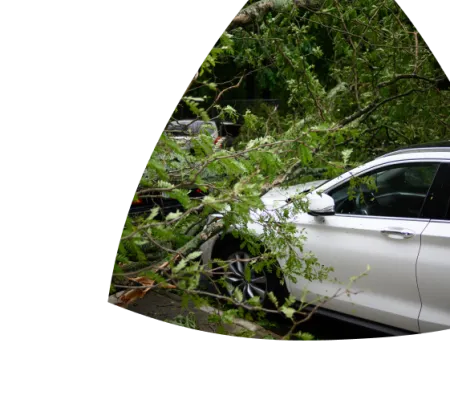The Roadmap2Ready campaign was developed to connect members and providers to reliable resources to prepare for disasters. Please take the time to make proper preparations each year.
Our Community Crisis and Disaster Response team works within each of our counties to help communities prepare for natural disasters, public health situations, or behavioral health crises. We work with the local and state Emergency Operations Center during and after events, to help share important information with the public along with looking at improvements that may be needed for the future.







